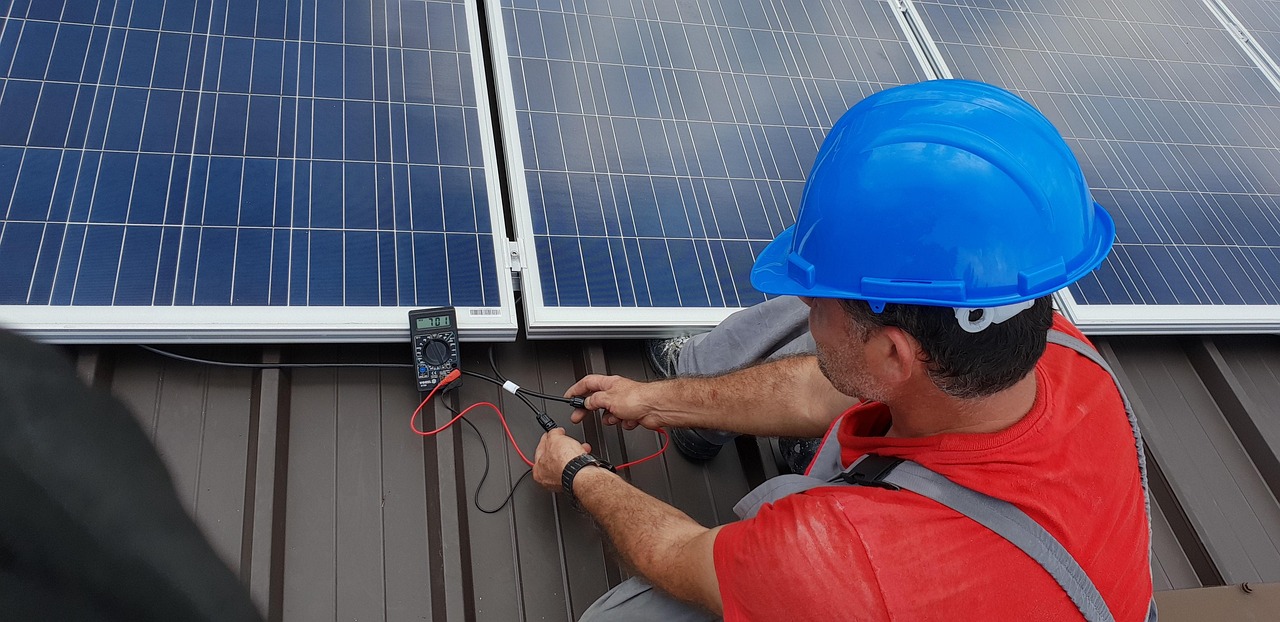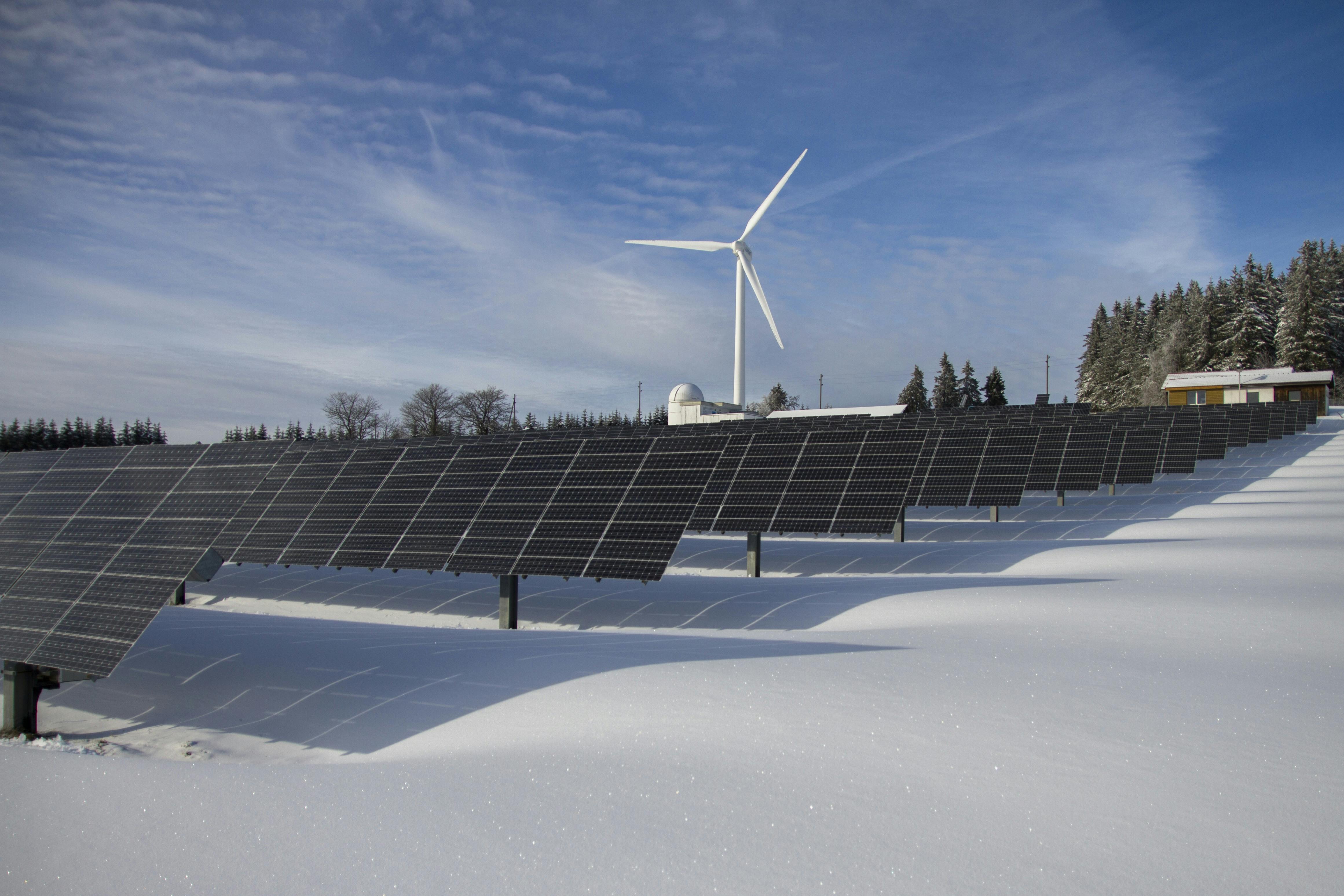Everything you need to know about the Smart Export Guarantee
Learn about the Smart Export Guarantee; discover eligibility, benefits, and how to make the most of this incentive!

Quick Navigation:
- What is the Smart Export Guarantee (SEG)?
- What do you need to apply to the SEG?
- How to choose which provider to go with?
- Which suppliers offer export tariffs?
It's very exciting to have your solar panels installed, but you might be wondering how you can make money from any excess electricity you produce and sell back to the National Grid. This is where the Smart Export Guarantee (SEG) comes into play.
Key Takeaways:
What is the Smart Export Guarantee (SEG)?
The Smart Export Guarantee (SEG) is a government-backed initiative aimed at encouraging the adoption of renewable energy by allowing homeowners and businesses to sell surplus electricity generated by their solar panels back to the National Grid. Under the SEG scheme, participants receive payments for the excess energy they export, providing a financial incentive to invest in solar panels and other renewable energy systems.
This program supports the transition to cleaner energy sources by making it financially rewarding to contribute surplus power to the grid. By participating in SEG, you not only help advance sustainable energy practices but also have the opportunity to offset your energy costs through these export payments.
To take advantage of the SEG, you'll need to have a registered solar panel system and set up an export agreement with an energy supplier that offers SEG payments. This can turn your excess solar power into earnings, helping offset the cost of your solar panel installation and further enhancing the financial benefits of going solar.
Who can apply to the SEG?
Individuals who have renewable energy generation systems installed at home should be eligible to enrol in a SEG tariff. However, there are certain criteria that must be met to qualify:
- Your installation must be of 5MW capacity or less.
- You'll need a meter that can provide half-hourly readings for electricity export (smart meters).
- Your installation must be MCS-certified.
We have made sure that all installations done through MakeMyHouseGreen meet these requirements, so you don’t have to worry about this if you choose to have your installation with us!
What do you need to apply to the SEG?
Each supplier has different application requirements, but there are a few documents you usually need to send through, or extract information from:
- MCS certificate, which will include your installation details, smart meter details, and site details
- A copy of your final bill marked as “paid”
- Site schematic/single line connection diagram
- G98/G99 post commissioning District Network Operator (DNO) notification form
- G98/G99 DNO response
For all installations facilitated by MakeMyHouseGreen, you can anticipate receiving the necessary documents within 14 days of your installation. We streamline the process to ensure swift delivery of these documents to you. However, please note that obtaining the G98/G99 DNO response may take up to three months, as it relies on the DNO's response time.
Rest assured, once these documents are ready for you, we'll promptly notify you if your installation was completed through us. Additionally, you'll have convenient access to these documents at any time by logging into our platform, ensuring you have all the necessary information readily available. Handy, right?
How to choose which provider to go with?
Energy suppliers determine their own Smart Export Guarantee tariff rates, meaning it's wise to shop around and compare options to ensure you're securing the best deal.
Your SEG (Smart Export Guarantee) supplier doesn't necessarily have to be the same company that provides your energy. However, opting for a unified supplier for both energy supply and export often leads to a more favourable export rate. Choosing a single supplier streamlines the process and can potentially unlock better rates for the energy you sell back to the grid.
There are fixed rate and variable rate SEG tariffs:
- Fixed rate SEGs have a set amount that they pay per kWh of electricity exported to the grid.
- Variable rate SEGs pay varying amounts depending on how valuable the electricity is to the system at different times.
Each SEG provider will have details of their specific application process on their website.
Which suppliers offer export tariffs, and how do they compare?
All energy suppliers serving more than 150,000 customers are obligated to provide an SEG tariff. Nonetheless, certain suppliers extend additional export tariffs, often with more favourable rates that may require different requirements. Below, we've compiled a list of these options to help you pinpoint the one that best aligns with your needs and preferences.
Octopus (Variable)
Tariff Name: Outgoing Agile Octopus
Tariff type: Variable
Price: Matches your half-hourly prices with day-ahead wholesale rates.
Notes: You could earn over 50% more than with the Fixed Outgoing Octopus.
Octopus must be your import supplier. If not, the price goes down to 4.1p / kWh.
Octopus (Fixed)
Tariff name: Outgoing Fixed Octopus
Tariff type: Fixed
Price: 15p / kWh
Notes: Octopus must be your import supplier. If not, the price goes down to 4.1p / kWh.
Tesla
Tariff name: Tesla Energy Plan
Tariff type: Variable
Price: 24p - 26p / kWh, according to location.
Notes: You must have at least one Powerwall 2 battery installed, and your annual consumption of daytime energy (from 07:00-19:30) has to remain less than 9,500 kWh per Powerwall installed.
EDF Energy
Tariff name: EDF Export Variable Value
Tariff type: Fixed
Price: 5.6p / kWh
Notes: EDF Energy has to be your import supplier. If not, the price goes down to 1.5p / kWh.
UW
Tariff name: Smart Export Guarantee - Bundle
Tariff type: Variable
Price: 5.6p / kWh
Notes: Utility Warehouse must be your import supplier, and you have to have two or more additional services with them. If not, the price goes down to 2p / kWh.
Bulb
Tariff name: Export payments
Tariff type: Fixed
Price: 5.57p / kWh
Notes: Bulb must be your import supplier. If not, the price goes down to 3 / per kWh.
Scottish Power
Tariff name: Smart Export Variable tariff
Tariff type: Variable
Price: 5.5p / kWh
Notes: Scottish Power doesn’t have to be your import supplier.
E.ON Next
Tariff name: Next Export Exclusive
Tariff type: Fixed
Price: 5.5p / kWh
Notes: You must have bought your solar installation with E.ON Solar after 1 January 2020. If not, the price goes down to 3p / kWh.
SO Energy
Tariff name: So Altair
Tariff type: Fixed
Price: 5p / kWh
Notes: So Energy doesn’t have to be your import supplier.
OVO Energy
Tariff name: OVO SEG tariff
Tariff type: Fixed
Price: 4p / kWh
Notes: OVO Energy doesn’t have to be your import supplier.
Shell Energy
Tariff name: SEG tariff
Tariff type: Variable
Price: 3.5p / kWh
Notes: Shell Energy doesn’t have to be your import supplier.
British Gas
Tariff name: Export and Earn Flex
Tariff type: Variable
Price: 3.2p / kWh
Notes: British Gas doesn’t have to be your import supplier.
Utilita
Tariff name: Smart Export Guarantee
Tariff type: Fixed
Price: 3p / kWh
Notes: Utilita doesn't have to be your import supplier.
Last updated on 12/04/2024.
How is the SEG different from the Feed in Tariff?
The Smart Export Guarantee (SEG) has replaced the Feed-in Tariff (FiT) scheme, which has now ended. Under the SEG, energy suppliers pay you for the renewable energy you export to the National Grid. Unlike the FiT, which provided payments for both the electricity you generated and the energy you exported, the SEG focuses solely on compensating you for the energy you feed into the grid.
Here's a breakdown of the key differences between the two schemes:
1. Payment Structure
Feed-in Tariff (FiT) - Payments were made for all generated renewable energy plus an additional export tariff for the energy supplied to the grid. The export tariff was based on the assumption that households would export 50% of their generated energy, and payments were made at a fixed rate.
Smart Export Guarantee (SEG) - Only pays for the actual amount of electricity exported. The payment rate varies depending on your chosen supplier and is based on the real amount of surplus energy you provide to the grid.
2. Funding Mechanism
Feed-in Tariff (FiT) - Funded through a levy on all consumers' energy bills.
Smart Export Guarantee (SEG) - Financed directly by energy suppliers, not through a levy on consumer bills.
The SEG provides a more tailored approach by compensating you based on your actual export amount, offering greater flexibility and potentially better alignment with the market rates for exported energy.
What occurs if you're already receiving FiT payments?
You can continue receiving Feed in Tariff income regardless of whether you're enrolled in an SEG tariff or not, but it's not possible to receive both payments simultaneously.
Although the FiT scheme ended in March 2019, those who enrolled before that date are entitled to receive payments throughout the duration of their contract, typically spanning 20 years.
Every 12 months, you have the option to transition from your FiT export tariff to the SEG, although we advise proceeding with caution and only making the switch if it results in higher payments.
We know the SEG application process can be overwhelming, but hopefully this guide will help you navigate through it!
Recommended Guides:
- Are solar panels worth it in the UK?
- How many solar panels will fit on my roof?
- How efficient are solar panels?
Ready to see what you can save?
Our solar calculator is 100% free to use. Enter your postcode below to get started.

Based on 400+ Trustpilot reviews






